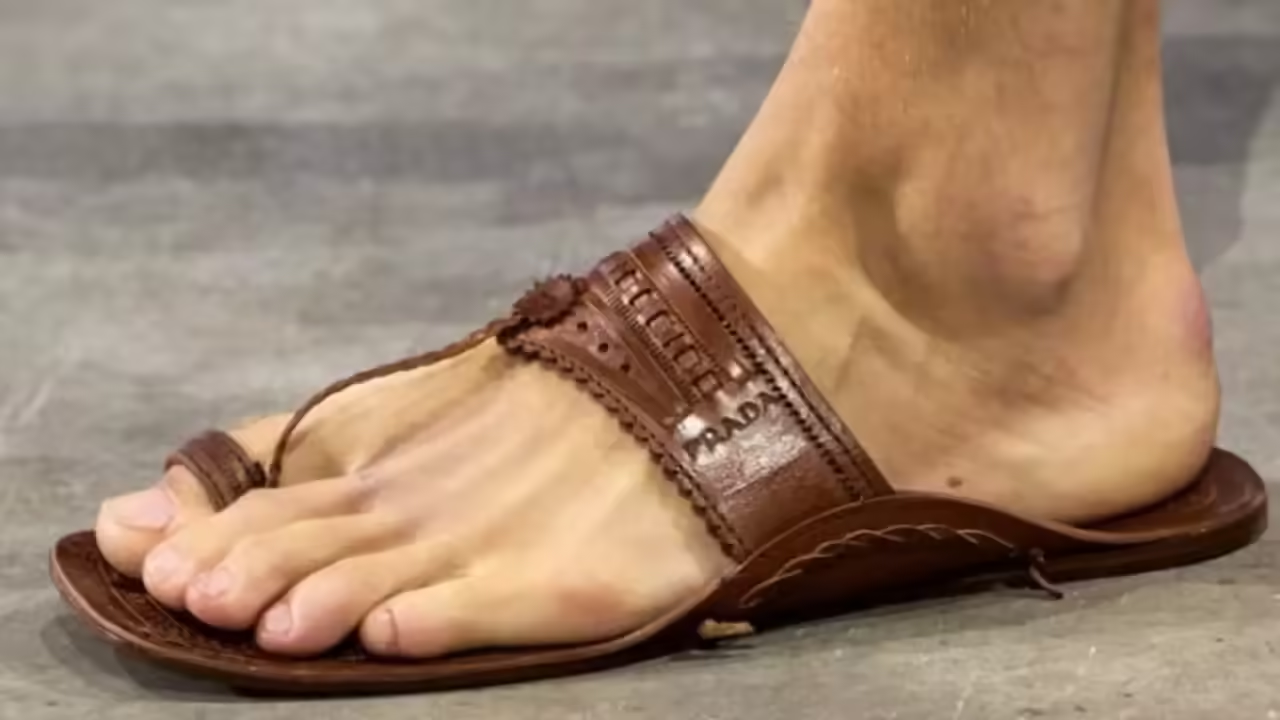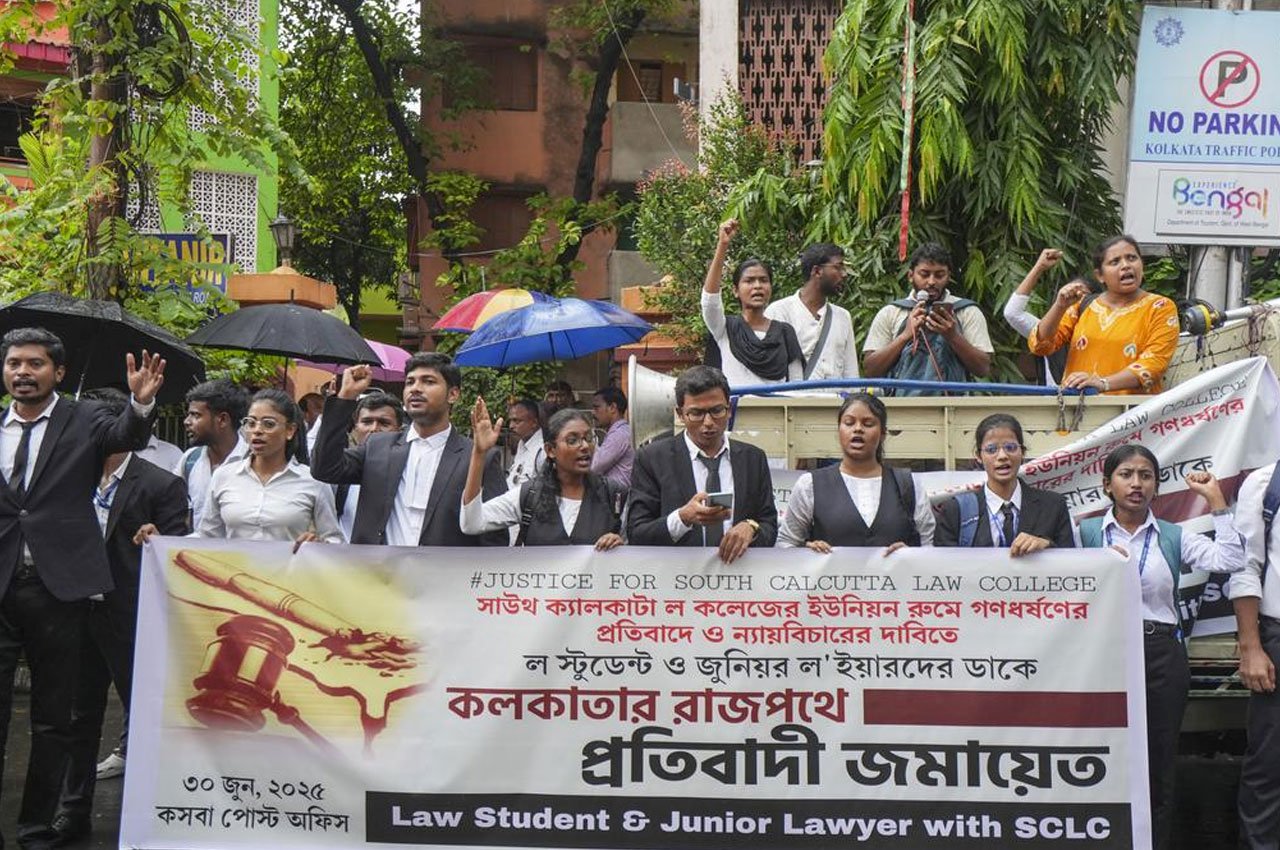When Prada unveiled a new line of leather sandals recently, global fashion magazines described them as “bold, earthy, and refreshingly raw.” But for anyone who has ever walked through a bustling local market in Maharashtra, the resemblance was too familiar to ignore. The design bore a striking similarity to the Kolhapuri chappal: the iconic handcrafted footwear that has adorned Indian feet for over 800 years.
The global applause was loud; the international price tag even louder. But missing in all this glamour was any mention of the original artisans: those who have been cutting, stitching, and tanning leather with the same precision and pride for generations in India’s dusty towns and villages.
Sadly, this is not a one-off case. Remember the time Louis Vuitton showcased a scarf that looked suspiciously like a Phulkari dupatta? Or when international home decor brands proudly flaunted “handmade tribal wall art” that mirrored Warli paintings, minus any credit to the tribal communities of Maharashtra? And do not forget the time when global fashion houses featured “ikat-inspired” designs: conveniently overlooking the countless weavers in Odisha, Andhra Pradesh and Gujarat who have kept the real art alive, loom after loom.
The irony is impossible to miss. The world is styling itself with Indian craftsmanship, while the very artisans who breathe life into these creations are struggling for survival, recognition, and fair compensation.
In countries like Italy and France, artisans are not just celebrated; they are protected. There are craft guilds, dedicated design schools, legal protections for their techniques and patterns, and strong government support. Their creations are displayed in museums, not just markets; their names are featured in fashion campaigns and design journals. Meanwhile, in India, many of our most skilled craftsmen still work in poorly lit rooms, often without contracts, insurance, or access to global markets. They are seen not as creators but as labourers.
And this neglect is not new; it is generational. The chikankari artisans of Lucknow, the Bidri metal workers of Karnataka, the block printers of Bagru and Sanganer, the blue pottery makers of Jaipur: all have rich legacies, but shrinking livelihoods. Their children are choosing other professions, often underpaid and unrelated to craft, simply because their art no longer puts food on the table.
So, while the world rebrands our craft with new logos and price tags, the original creators are vanishing from the story, not because their skills have faded, but because the system has failed to see their worth beyond the product.
A Kolhapuri chappal may get a second life as a runway-ready sandal in Milan, but the artisan who made the original is still waiting for fair wages, recognition, or even a proper marketing platform. The tragedy lies not in global appreciation; that is a good thing. It lies in the systematic erasure of Indian hands from Indian heritage.
And here’s the twist: these artisans do not want charity. They want dignity. They want access, ownership, and the right to shape how their work is used, priced, and presented. They want visibility in museums, designer labels, and e-commerce platforms, not just dusty corners of tourist markets.
Thankfully, a few sparks of change are emerging. Brands like Okhai, Rangsutra, and Malkha have created bridges between traditional artisans and conscious consumers. Some artisans are even harnessing social media to tell their own stories: a weaver live-streaming his loom, a potter showing how clay takes shape in his hands. But these are still exceptions, not the norm.
For India to truly honour its craft legacy, it needs a complete mindset shift: one that sees artisans not as cheap labour or cultural tokens, but as designers, entrepreneurs, and storytellers. We need modern guilds, intellectual property protection, public-private craft clusters, and investment in artisan education. And yes, we need brands -both Indian and international – to give credit where it is long overdue.
Style may be global; but soul is always local. And the soul of Indian design – the hands that carve, weave, dye, and stitch – deserves more than a silent role in someone else’s success story.
Until then, the Kolhapuri might continue to walk international ramps; but the question remains: will it ever lead its maker to prosperity?
Photo Credit: Times of India




